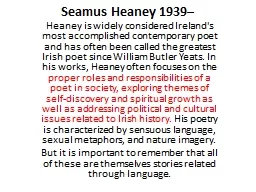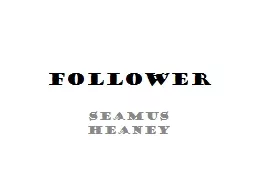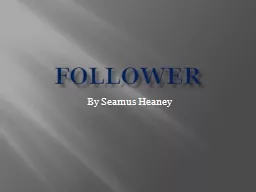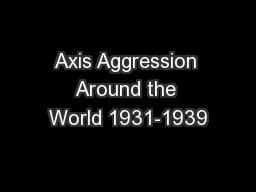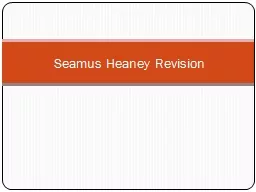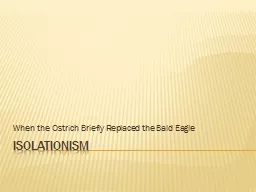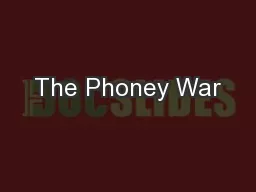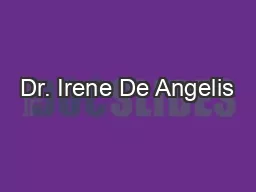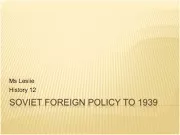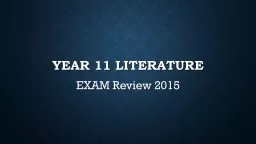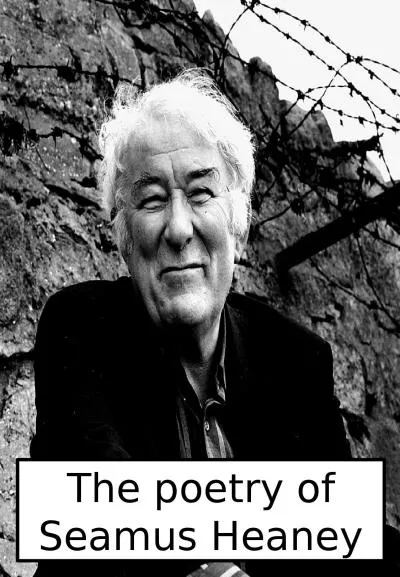PPT-Seamus Heaney 1939–
Author : olivia-moreira | Published Date : 2016-08-06
Heaney is widely considered Irelands most accomplished contemporary poet and has often been called the greatest Irish poet since William Butler Yeats In his works
Presentation Embed Code
Download Presentation
Download Presentation The PPT/PDF document "Seamus Heaney 1939–" is the property of its rightful owner. Permission is granted to download and print the materials on this website for personal, non-commercial use only, and to display it on your personal computer provided you do not modify the materials and that you retain all copyright notices contained in the materials. By downloading content from our website, you accept the terms of this agreement.
Seamus Heaney 1939–: Transcript
Download Rules Of Document
"Seamus Heaney 1939–"The content belongs to its owner. You may download and print it for personal use, without modification, and keep all copyright notices. By downloading, you agree to these terms.
Related Documents

